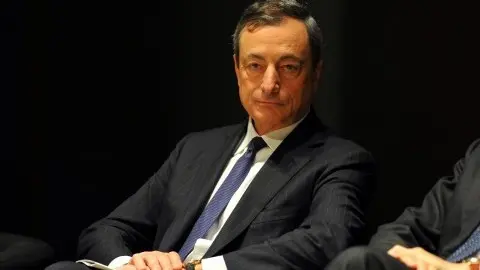World trade: Trade war is starting to kick in
World trade is in reverse. In November 2018, 1.6% fewer goods crossed borders than in the previous month when the volume of world trade still grew 1.2% on a month-on-month basis. The less volatile three-month average growth figure took a nosedive as well with a decrease from 1.1% in October last year to 0.0% in November
Both advanced economies and emerging markets show a decline as of import demand, today’s data release from the Netherlands Bureau of Economic Policy Analysis (CPB) shows. Emerging markets are leading the pack with a significant decline of 3.1%. Among the advanced economies, the US is no longer the locomotive for trade that it was in 3Q of last year. For the second month in a row, the US shows no growth of import demand. It looks as if the negative effects of higher tariffs on American demand for foreign goods are finally starting to bite. The already released data on the value for American imports in December show stagnation what does not bode well for next's month data release on the volume of imports. Chinese data point in the same direction. The value of Chinese exports to the US was 3.8% lower in December than a year earlier.
We expect the damage of the trade war to increase over the next twelve months. By far the largest part of tariff elevations by the US and the subsequent retaliation by the US' trade partners, has only been implemented in the second half of 2018. This means that its detrimental effect on trade growth will continue well into 2019.
On top of that, we foresee more tariff elevations to come. We don’t expect an all-encompassing deal between the US and China before the deadline of 1 March. The US' demands are simply too numerous and too complicated to be resolved on such short notice. On top of that, we think that China is not willing to give in enough to the rather demanding wish list of the US. The list does not only encompass lowering the bilateral trade deficit substantially but various changes in China’s industrial policies as well. In an attempt to 'strong-arm' China into giving in more, we forecast President Trump to step up his trade war and impose further tariff increases on Chinese imports further during the course of the year.
For the short run, we don’t expect a deal between the EU and the US either. Even before formal negotiations have started, things have become more complicated with indications that the US wants to add opening up of the EU agricultural markets to the agenda, traditionally a ‘no go’ for EU member states like France.
All together this will lift the share of world trade affected by the trade war from 6% last year to 13% at the end of this year. This will take of 1.1%-points of trade growth for this year and make 2019 a candidate to beat the 1.4% growth figure of 2016 as the weakest year for global trade growth since the trade collapse in 2009.
